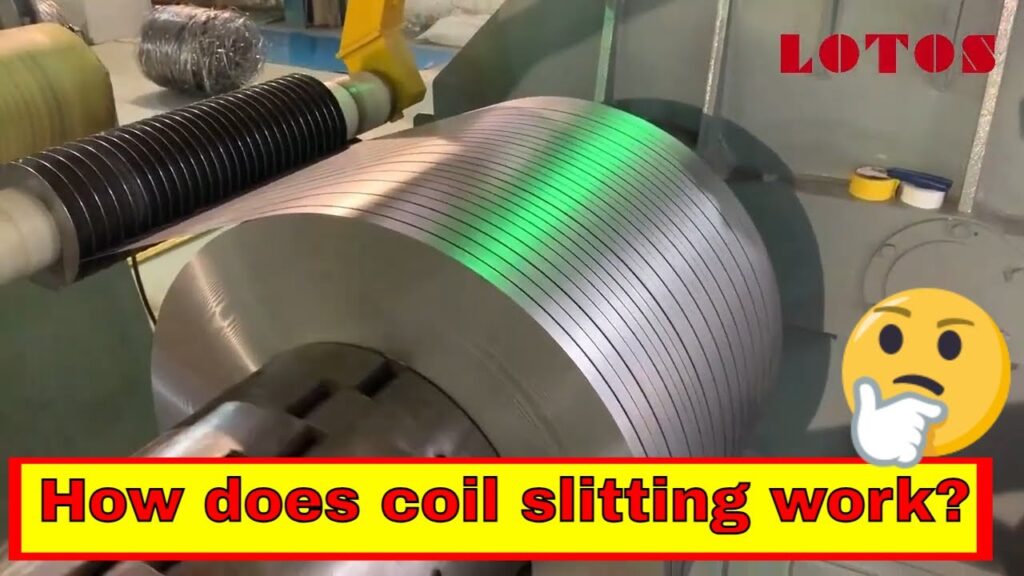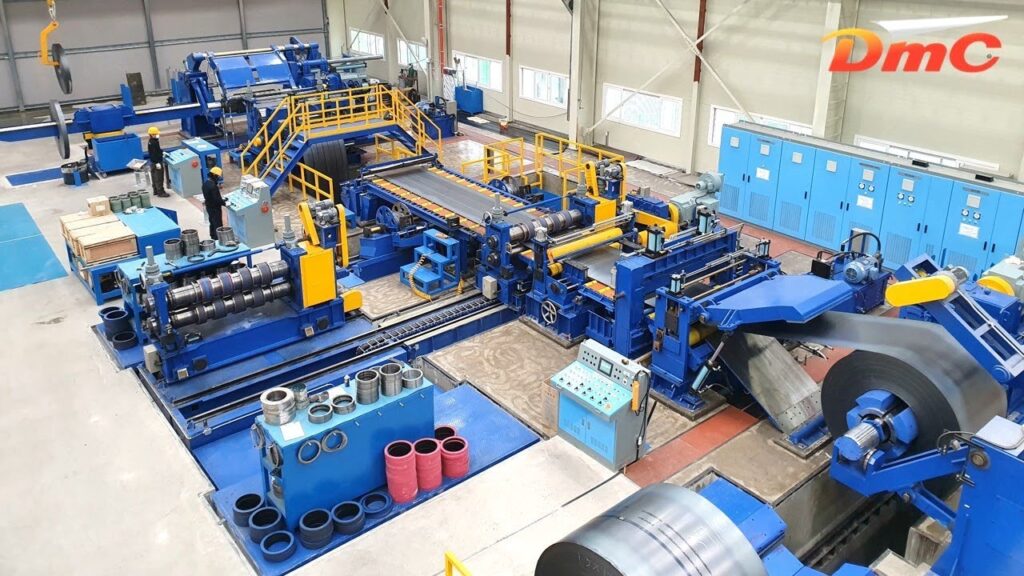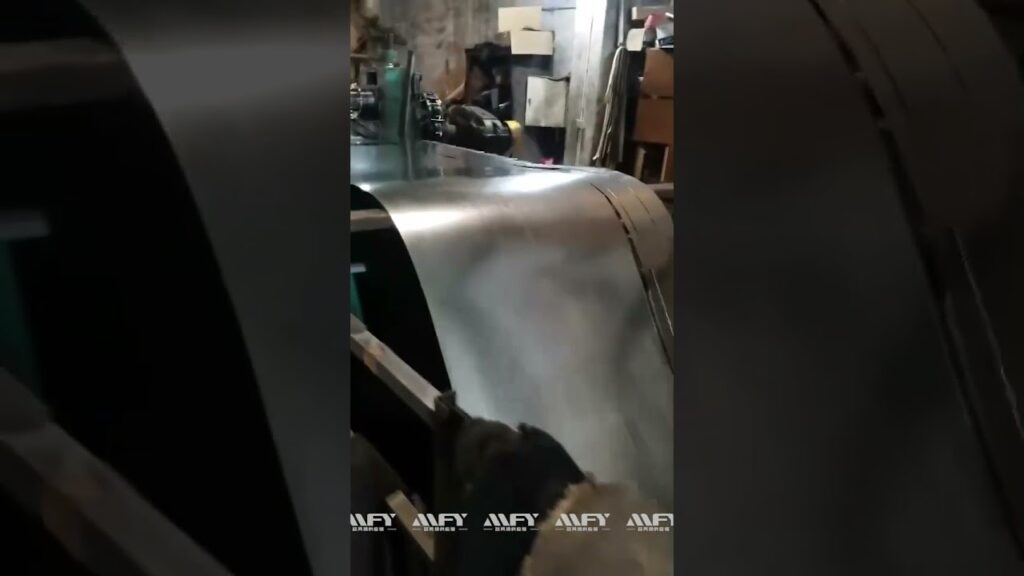Title: How to Install a Steel Slitting Line | Understanding Coil Slitting
Description:
Introduction:
In this video, you will learn about steel slitting line installation and how coil slitting works. This process is crucial for the manufacturing of various industrial applications that require precise cutting of steel coils into smaller widths.
Video Content:
This video will provide you with a step-by-step guide on how to install a steel slitting line, including the necessary tools and equipment required. You will learn about the different components of a slitting line, such as decoiler, slitter, scrap winder, and recoiler, and their functions in the slitting process. Additionally, the video will cover the basic principles of coil slitting, such as the shear and clearance, slit widths, and burrs.
H2: Components of a Steel Slitting Line
Decoiler:
The decoiler is responsible for unwinding the coil and feeding it into the slitting line. It must be adjusted properly to ensure that the coil remains stable and in line with the rest of the machine.
Slitter:
The slitter consists of a set of circular knives that cut through the coil. It is important to maintain precise clearance between the upper and lower knives and to ensure that the slit widths are consistent.
Scrap Winder:
The scrap winder collects and winds the waste material created during the slitting process. Proper tension is critical to avoid snarls and jams.
Recoiler:
The recoiler rewinds the slit coils into smaller coils of appropriate length. The recoiler must be adjusted to ensure that the coils are wound tightly and without any deformation.
H2: Basic Principles of Coil Slitting
Shear and Clearance:
The shear is the amount of force required to cut the coil, while the clearance is the distance between the knives. Proper shear and clearance are important for achieving clean, consistent cuts.
Slit Widths:
The slit widths are the final widths of the individual coils that come out of the slitting line. These widths must be carefully calculated and monitored to ensure that they meet the customer’s specifications.
Burrs:
Burrs are rough edges left on the slit coils. They must be removed to ensure the quality of the final product. This can be achieved through various methods, such as brushing or grinding.
Conclusion:
Steel slitting line installation may seem complex, but with the right knowledge and tools, it can be done efficiently and accurately. Understanding the basic principles of coil slitting can help you produce high-quality products that meet your customers’ exact specifications.
Keywords: steel slitting line installation, coil slitting, decoiler, slitter, scrap winder, recoiler, shear, clearance, slit widths, burrs
Tags: steel fabrication, metalworking, manufacturing, industrial applications
Hashtags: #steelslittingline #coislitting #manufacturing #industrialapplications #metalfabrication #metalworking.


